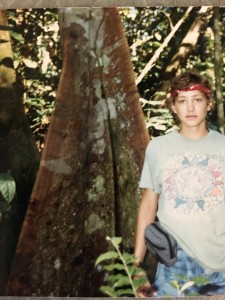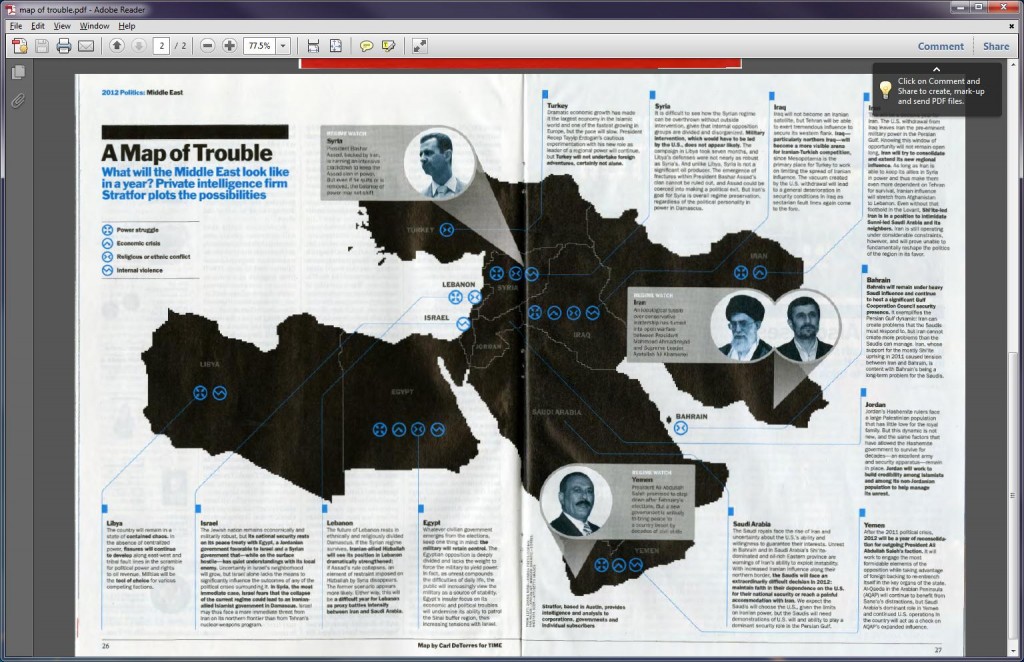By Kim Browne, SAL Director
The Spatial Analysis Lab has been a hub of activity since spring classes ended and we said goodbye to our graduates. Colleagues from Biology and Classics have been in and out of our space collaborating on the East End project, Rock Pools and more. Justin Madron from the Digital Scholarship Lab taught a short Story Maps workshop and Nadia Hatchel provided training on Survey 1, 2, 3. We are grateful for all of their talent. Soon we will say bon voyage to our GIS Technician, Taylor Holden. Taylor’s dedication to our mission will be missed. Thankfully, we’ve hired a new technician who will begin later this summer. More on that later.
For the last few weeks I’ve been working with three undergraduate students to prepare them for a month-long stay in Nairobi, Kenya. The students have each been awarded summer research funds through the University and travel funds through the Office of International Education. Our work is part of a larger project with Dr. Sandra Joireman, the London School of Economics and the Kenyan National Lands Commission. The bulk of our work involves helping to inventory, georeference and digitize a set of historic Settlement Scheme maps for the National Lands Commission. The three student researchers completed our Introduction to Geographic Information Systems (now Foundations of Geospatial Analysis) this past spring. The work in Kenya is an incredible opportunity for the students to synthesize course concepts, learn new techniques, and contribute to the research of our collaborators in substantive ways.
It has been rewarding to think about all of the different technical pieces required to make this project happen. Hearing my students say things like, “oh, I remember doing that in class” is one thing. Watching them pull together a workflow and technical document for this project is yet another. It’s incredible!
Besides the technical aspects of the work, there are other challenges (cultural, time, being Mzungu). During one of our recent mornings we spend almost 3 hours trying to understand some of the collar information on a map … only to find that what we thought was an “8” was an “&”. What a great lesson as we start this journey! How many “&”s hidden as “8”s will we encounter along the way? Could it be we don’t know nearly as much as we think we know? Can we open up enough to admit our ignorance? Are we, the experts, ready to learn?








